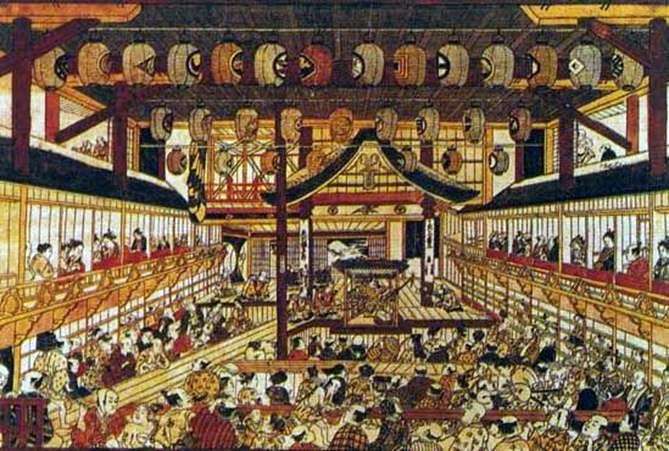
One of the main themes of the latter was landscapes in which Dutch artists, with more or less success, used new methods of constructing an image for them: the perspective and the cut-off modeling of the form.
The attractiveness of Western painting was considerable: many Ukiyo-e masters paid homage to European art, including the young Hokusai, who studied in the workshop of Siba Kokana, and Utagawa Tohearu, the founder of the Utagawa school. Toeharu is even more famous as a teacher who brought up a galaxy of gifted students headed by Utagawa Toehiro.
In the perspective engravings of Masanobu and his contemporaries – Nishimura Shigenaga, Furuya-Ma Moromas, Torii Kiyemasu II and others – the image of nature as such is absent. Most often there are interiors of theaters or tea houses, less often – street scenes, but they are treated in a way that is more similar to interiors.
All ukieh distinguishes the use of hypertrophied perspective, and the far plan is worked out as carefully and in detail as the near one. Such engravings could be looked at for a long time, their entertaining and informative content was very high, which led to the enormous popularity of ukie in the first half – the middle of the 18th century.
 Grande “gravure prospective” à l’image de toutes les stars du théâtre – Okumura Masanobu
Grande “gravure prospective” à l’image de toutes les stars du théâtre – Okumura Masanobu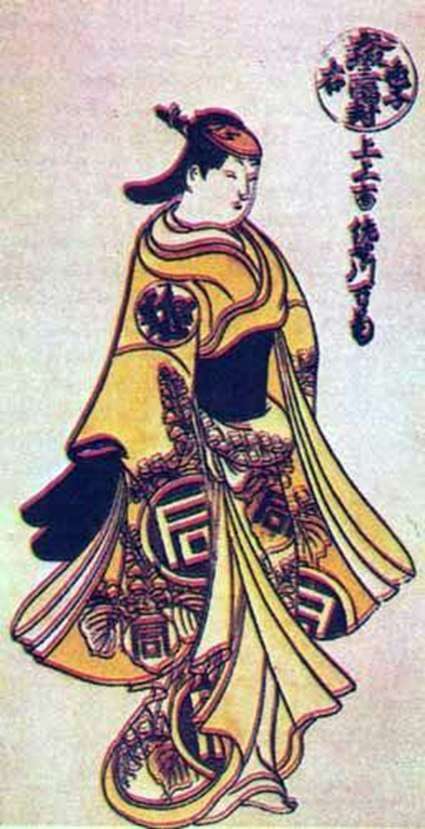 Iroquo of the three big cities “Kyoto” by Okumura Masanobu
Iroquo of the three big cities “Kyoto” by Okumura Masanobu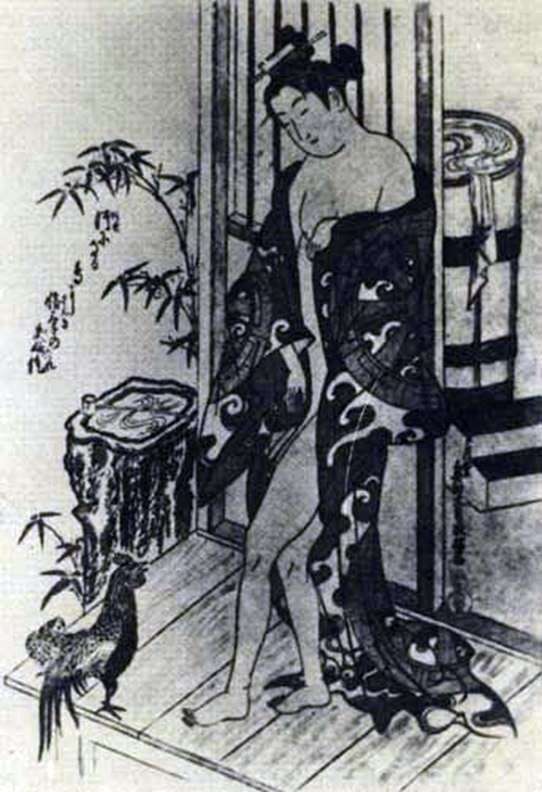 After bathing by Okumura Masanobu
After bathing by Okumura Masanobu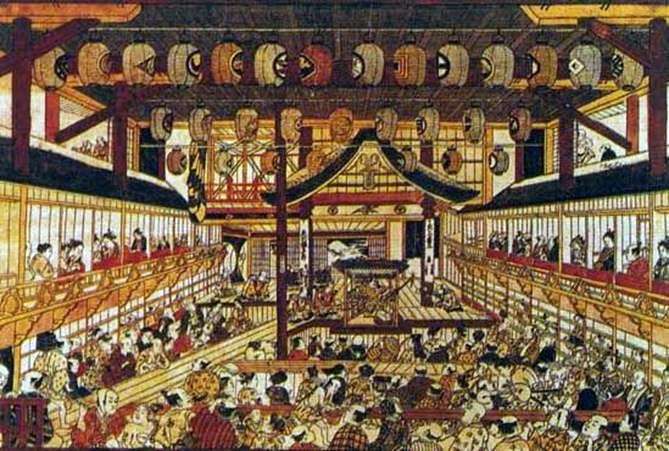 Gran “grabado en perspectiva” con la imagen de todas las estrellas del teatro – Okumura Masanobu
Gran “grabado en perspectiva” con la imagen de todas las estrellas del teatro – Okumura Masanobu Actor Ichikawa Ebizo as Sukeroku by Okumura Masanobu
Actor Ichikawa Ebizo as Sukeroku by Okumura Masanobu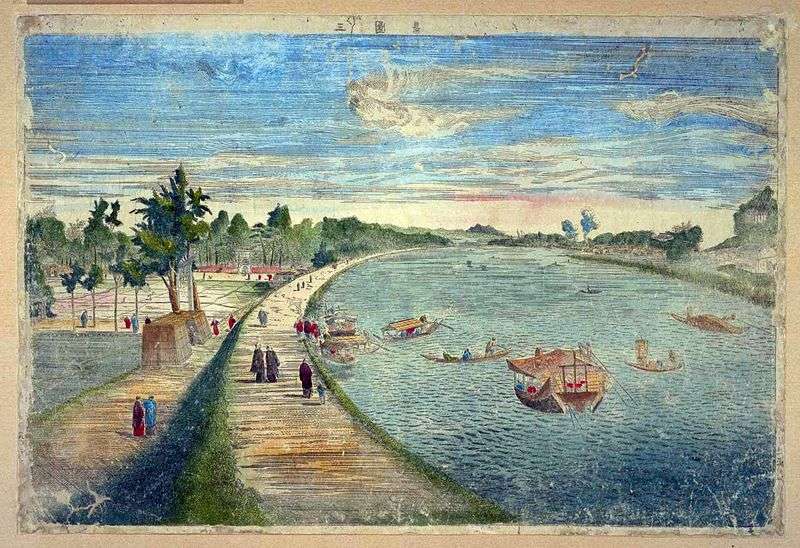 Kind of area Mimeguri by Siba Kokan
Kind of area Mimeguri by Siba Kokan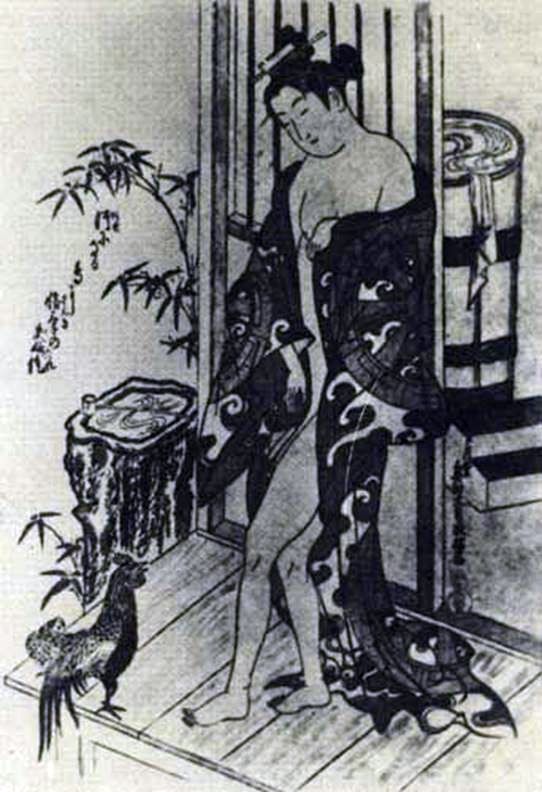 Après le bain – Okumura Masanobu
Après le bain – Okumura Masanobu Después de nadar – Okumura Masanobu
Después de nadar – Okumura Masanobu